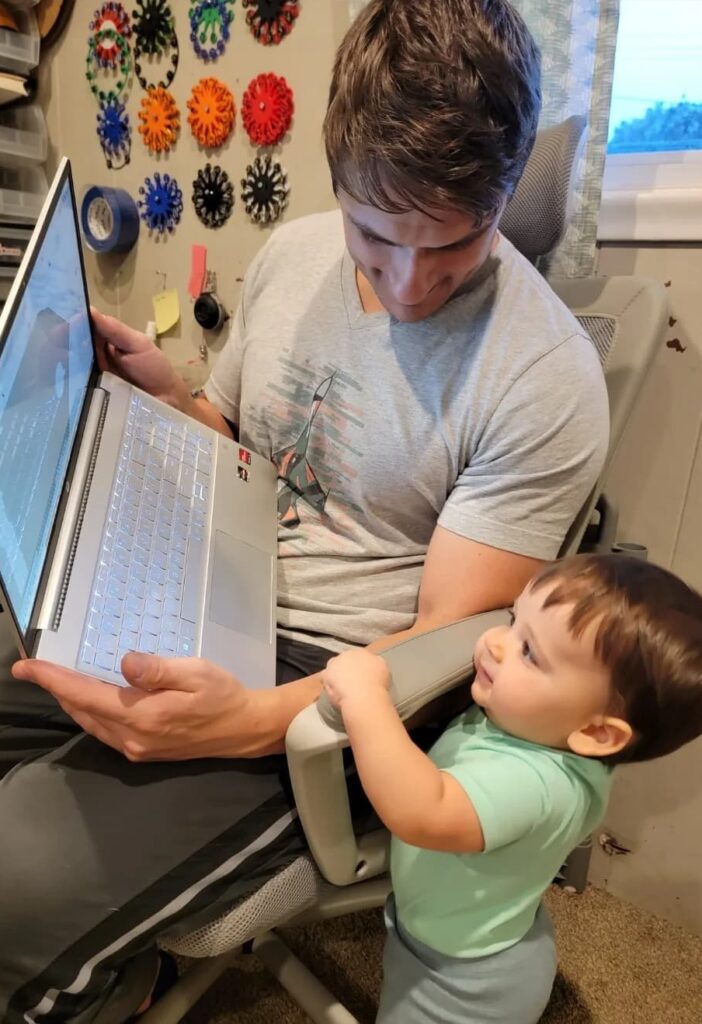BOT V BOT
= BIG WIN FOR SMALL BRAND ARTISTS AND DESIGNERS
Cheryl Darrup
Chief Strategist, Qti.ai
Scammers have taken advantage of small artists’ and designers’ limited resources since the very dawn of ecommerce. Fraudsters figure they don’t have the time, energy, or cash to chase down thieves who steal their product images (and product reviews and even pics of their own families!). The bad guys then automate the process of reposting the unauthorized content on less-than-diligent social media and online retail platforms. Scammers direct payments to their own dark accounts and generate easy revenue from unsuspecting consumers – who may receive nothing, or low-quality counterfeits of the product, triggering demand for refunds and poor reviews of the authentic artist.
Bigger brands may simply “write-off” those losses from their asset protection budget; for them, it can be a calculated cost of doing business. Typically, smaller brands suffer exponentially greater damage – relative to their bottom line, to their reputations, and even to their very livelihoods.
There is hope… thanks to the industry’s evolution from “human v bot” to “bot v bot.”
Boutique brand management companies have developed proprietary algorithms that help level the playing field of good versus evil: Rather than fight big-data-savvy scammers with their own limited human resources, artists and designers can now outsource that tedious task.
The advanced technology couldn’t have come soon enough for authentic designers that had taken extreme measures to protect their brands, many times retreating from the profitable promise of mass merchandising online.
Meet some artists and their solutions
Last year, master sculptor, Jennifer Cook of SnakeArts, removed all of her hand-crafted bronze products from every ecommerce platform, and temporarily transitioned to in-person or gallery sales only. Her site warned potential clients of the scams and encouraged them to call her directly. Thanks to a few high-tech tweaks to her brand’s enforcement portfolio, Jennifer was able to re-launch her site in the second quarter of 2022.
Kevin Merck, creator of handcrafted skull mugs at TurkeyMerck, modified his business model to announce specific “release dates” of his premium stoneware products. This new approach ensures that his loyal customers get first dibs on inventory that routinely sells out in minutes.


Clock9nine is a classic, mom-and-pop-and-baby shop: Matt Zufelt and his wife, Anika, fuse vintage automotive parts with 3D-printed components to produce unique clock art. Their little guy, Gavin, provides the inspiration! Matt also satisfies clients’ requests for custom commissioned clocks, made from favorite old car parts. Unfortunately, Clock9nine’s plight was familiar: Scammers inundated Facebook with photoshopped product images that replaced the original company name with one of a knock-off. Those ads led to fraudulent ecommerce sites, and lots of lost revenue. A few weeks after implementing an advanced tech solution, Clock9nine was able to concentrate on their craft, and preserve their livelihoods.
Built-in Bonus with Bot v Bot
Scam Intelligence Algorithms constantly regenerate fresh data based on similarities among dozens of threat indicators like SSL (Secure Sockets Layer), certificate details, domain name registration dates, and duplicate content on the “about us” page. That network helps identify the next generation of counterfeits, which facilitates quicker detection and subsequent takedown requests – to minimize buyer exposure to fraudulent products and protect creators’ intellectual property, early in the online consumer journey.
Even better? The big data gathered empowers authorities to “follow the money,” starting when the unauthorized product images first appear online. That authenticated, time-stamped evidence produces very compelling financial crime intelligence, which can prove lethal in a court of law as robust financial data is often needed to successfully prosecute intellectual property crimes. It’s a modern approach to traditional counterfeit stings – where law enforcement reacts to crime syndicates, raiding factories and warehouses only after the fake products have been manufactured, and made ready for distribution.
Bottom line: Thanks to carefully crafted code and a commitment to protect small businesses, it’s no longer cost prohibitive for independent artists and designers to defend themselves against egregious IP infringement violations.
THE BRAND PROTECTION PROFESSIONAL | SEPTEMBER 2022 | VOLUME 7 NUMBER 3
2022 COPYRIGHT MICHIGAN STATE UNIVERSITY BOARD OF TRUSTEES
- Next…
